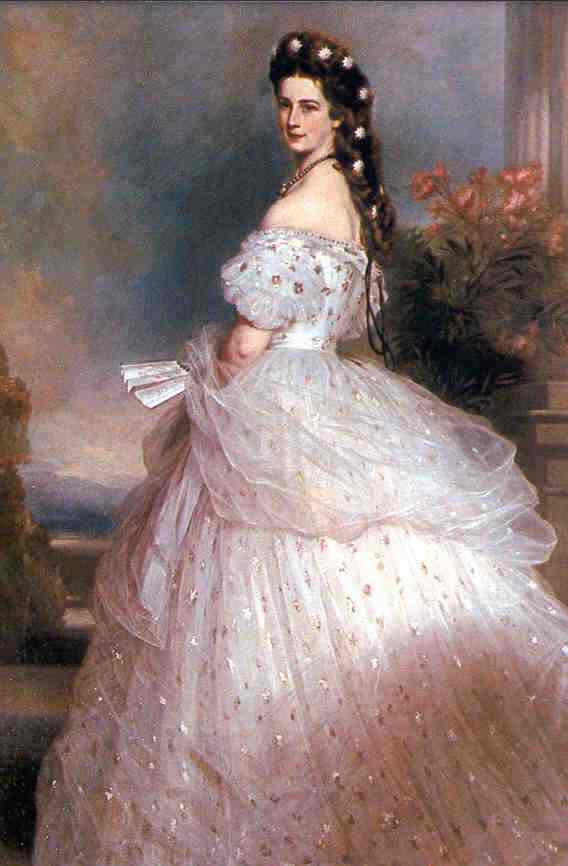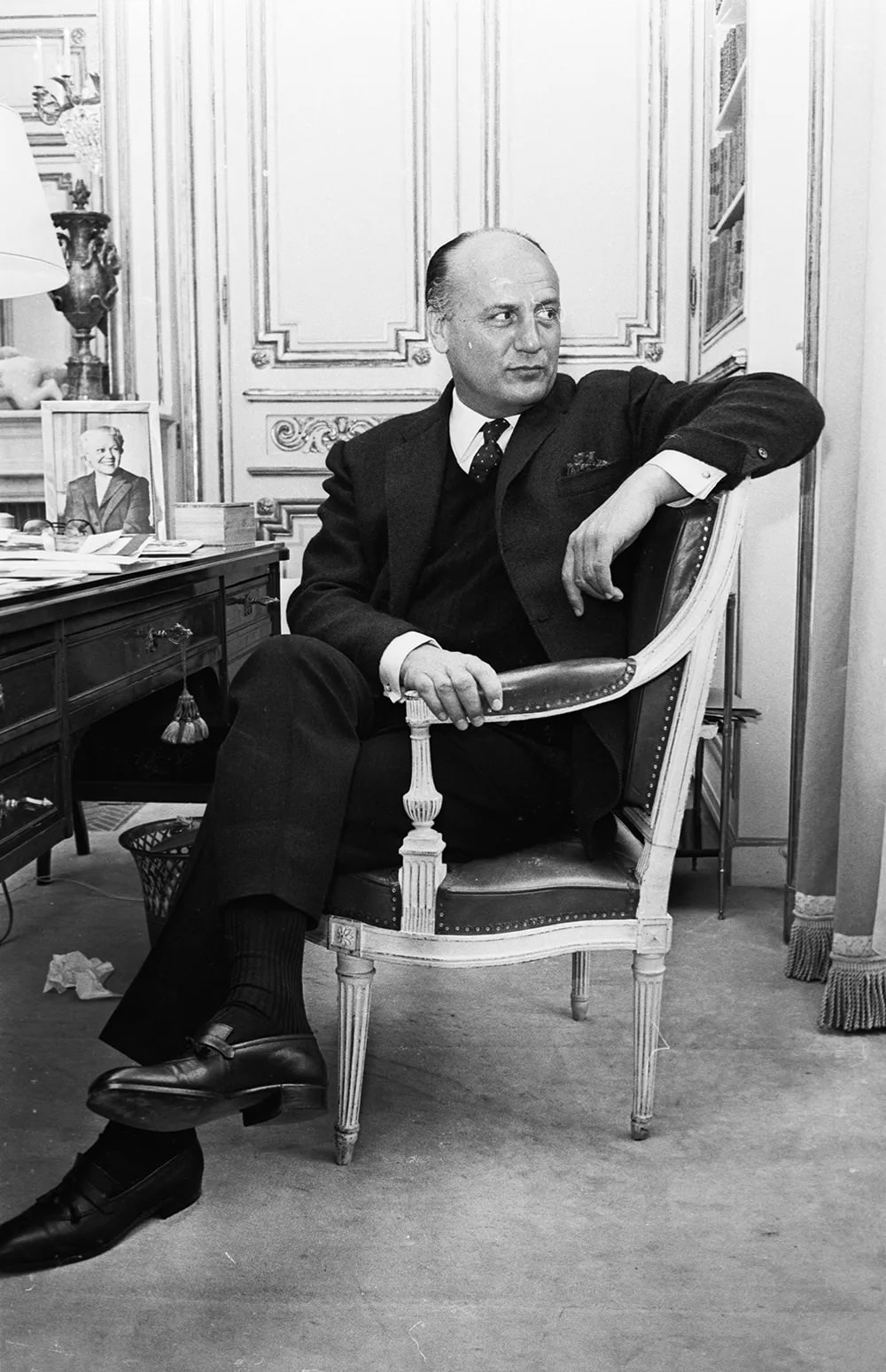Christian Dior with models in London 1950 by © Fred Ramage
As the second half of Emily in Paris’ latest season hits our screens, viewers are once again mesmerized by the daring outfits and stunning couture that fills every frame (except perhaps when Emily wore that ugly light-up Christmas sweater to the French chalet…).
But while the show serves up fabulous fashion moments, it also taps into something deeper — a centuries-old tradition that has made Paris the undisputed capital of style. Behind the characters’ dazzling wardrobes lies the legacy of French haute couture, a world where fashion isn’t just about clothes; it’s about art, culture, and history.

SUBSCRIBE TO THE MAGAZINE
French haute couture, which literally translates to “high sewing,” is wearable art that pushes the boundaries of design, defies mass production, and stands as a symbol of cultural prestige. From the revolutionary designs of Coco Chanel to the groundbreaking creations of Yves Saint Laurent, French fashion houses have not only shaped the look of entire generations but have also redefined what it means to dress with style.
As Emily in Paris brings French fashion back into the spotlight, we revisit the iconic designers whose influence still dominates runways and red carpets worldwide.
The Origins of Haute Couture


Haute couture began its ascent in the mid-19th century, led by English-born Charles Frederick Worth, who established his fashion house in Paris in 1858. Worth is widely regarded as the father of haute couture for introducing the concept of designer labels and pioneering the notion of seasonal collections. He transformed the role of the dressmaker from a mere craftsman to a visionary artist.
However, it was not just Worth’s innovation that cemented Paris as the fashion capital. A lineage of French designers emerged in the following decades, each contributing to the evolution of haute couture and its global prestige.
Gabrielle ‘Coco’ Chanel


No discussion of French haute couture is complete without mentioning Gabrielle “Coco” Chanel, a revolutionary figure who redefined women’s fashion in the 20th century. Chanel’s influence went far beyond design — she revolutionized the way women dressed and lived. Rejecting the stiff, corseted fashion of the past, she introduced a style that was more comfortable yet utterly chic. Chanel’s vision of modernity, combined with her timeless designs, would change women’s fashion forever.
Her little black dress (LBD), tweed suits, and the iconic Chanel No. 5 fragrance have become symbols of understated elegance. Chanel’s legacy continues, influencing not only French fashion but the global landscape, with designers regularly revisiting her minimalist, sophisticated aesthetic.
Christian Dior


The post-World War II era brought a new icon to the forefront of haute couture — Christian Dior. In 1947, Dior unveiled what would come to be known as the “New Look,” a silhouette that emphasized femininity with cinched waists, full skirts, and soft shoulders. This look was a stark contrast to the utilitarian fashion that dominated during wartime and was met with a mixture of awe and excitement.
Dior’s New Look reestablished Paris as the global capital of fashion. He also understood the importance of branding, expanding into accessories, perfumes, and cosmetics — setting the stage for modern luxury fashion houses. Dior’s eponymous fashion house continues to be a leader in haute couture under designers like John Galliano, Raf Simons, and Maria Grazia Chiuri.
Yves Saint Laurent


Yves Saint Laurent was another towering figure whose innovative spirit reshaped fashion. After working as Christian Dior’s apprentice and briefly taking over Dior after the designer’s death, Saint Laurent launched his own brand in 1961. His designs were groundbreaking — he introduced the tuxedo suit for women (called Le Smoking), revolutionizing the concept of gender-fluid fashion, and blurred the lines between haute couture and ready-to-wear.
Saint Laurent’s genius lay in his ability to bring the grandeur of couture into everyday life. His Rive Gauche line made high fashion more accessible, and his use of cultural and artistic references — from Mondrian-inspired dresses to African art — made his work distinctive and culturally resonant.
Pierre Balmain


Pierre Balmain founded his fashion house in 1945, and his aesthetic was rooted in the idea of “Jolie Madame,” a look that epitomized French chicness, grace, and femininity. Balmain’s creations were refined, yet glamorous, with a focus on impeccable tailoring and luxurious fabrics. His designs were adored by royalty and Hollywood stars, with clients like Ava Gardner and Brigitte Bardot donning his pieces on and off-screen.
Under Olivier Rousteing, Balmain has maintained its status as a fashion powerhouse, blending its rich heritage with modern-day influences like pop culture and social media. Rousteing’s bold, statement-making designs have attracted a new generation of fashion enthusiasts while paying homage to Balmain’s legacy of opulence.
Jean-Paul Gaultier

Not many have challenged fashion norms quite like Jean-Paul Gaultier. Known as the “enfant terrible” of fashion, Gaultier rose to fame in the 1980s with his subversive designs that blurred gender roles, incorporated punk aesthetics, and reimagined the boundaries of haute couture. From Madonna’s iconic cone bra to his sailor-inspired collections, Gaultier brought irreverence, wit, and theatricality to haute couture.
Gaultier’s influence on fashion has been integral in reshaping perceptions of beauty, gender, and fashion as a form of social commentary. Though he officially retired from haute couture in 2020, his legacy remains in the fearless, boundary-pushing designs that continue to inspire new generations of designers (and perhaps even the Emily in Paris creators who seemed to be inspired Gaultier for the character Pierre Cadault!).
From Coco Chanel’s timeless elegance to Jean-Paul Gaultier’s avant-garde daring, the story of French haute couture is one of creativity, innovation, and influence. The legacy of these visionaries continues to inspire and evolve, ensuring that French haute couture will remain at the pinnacle of fashion for generations to come.

